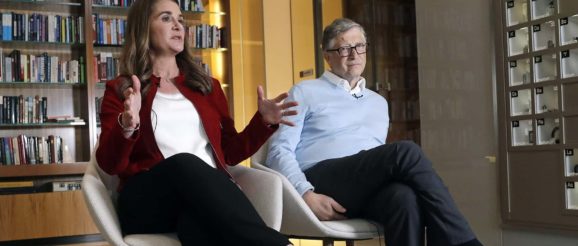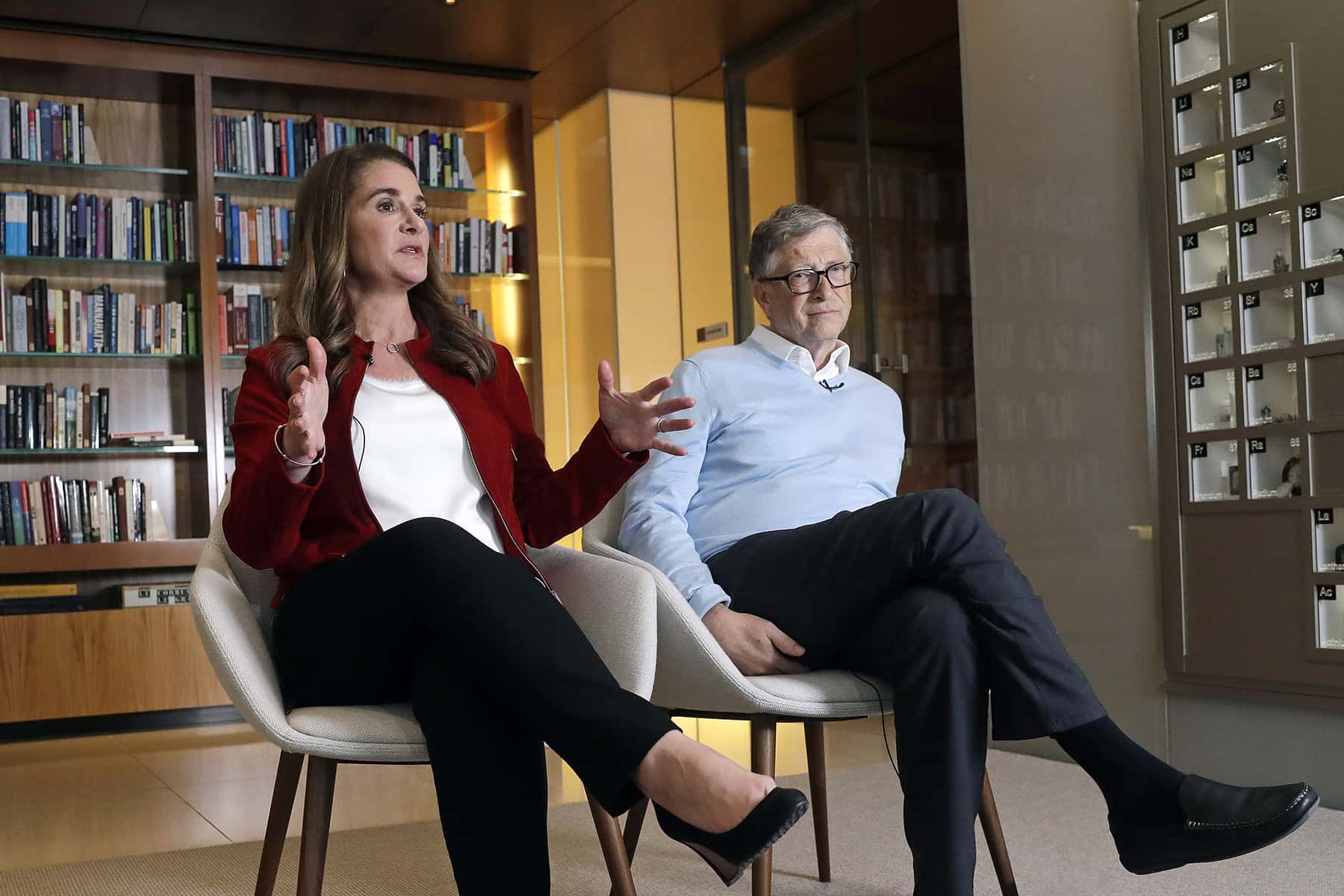Social Innovation: Philanthropy is something that everyone can do to improve the world


By Emily Schwartz Greco, Philanthropy + Nonprofits Editor, The Conversation
The more than US$400 billion Americans donate annually to charitable causes of all kinds, such as houses of worship, universities and efforts to cure cancer, add up to around 2% of the economy. The Indiana University Lilly Family School of Philanthropy, the only school of its kind, brings together scholars of sociology, history, economics, religious studies and other disciplines to explore what drives all this giving.
In an interview, which has been edited for length and clarity, Lilly School Dean Amir Pasic, explains why he believes public debate over philanthropy is growing and how U.S. giving has begun to change.
What would you say are the biggest factors making philanthropy much more visible?
Amir Pasic: In recent years, many people have discovered the power of very wealthy people, and their giving and their salience in our society. They are questioning it. I’ve seen a growing interest in philanthropy. I’ve seen a growing critique. I’ve seen growing interest in philanthropic themes outside of the nonprofit sector, with businesses, but also governments that are increasingly opening up liaison offices to deal with or engage with private philanthropists at the same time.
I think that kind of parallels the growing consciousness of the inequality in our society, and the concentration, not only of wealth, but often concentration in industries. I think also, globally, there’s been a realization that classical models of the welfare state are under a lot of pressure. As economies around the world have generated wealth, that’s often come with certain people receiving disproportionately large amounts of wealth.
The question is, what are they going to do with it? Will they follow the models of the Carnegies and the Rockefellers? And you see philanthropy much more often on the cover of The Wall Street Journal, The New York Times, The Atlantic. You’re seeing a new podcasts like Vox’s Future Perfect. They’re all covering philanthropy.
There are a lot of celebrities involved, like (Amazon founder) Jeff Bezos. And there are negative examples: (financier, pedophile and alleged sex trafficker) Jeffrey Epstein, the Sacklers (a family that has have given millions to arts and other institutions and also owns the opioid manufacturer Purdue Pharma) and others becoming very controversial for some of their bad actions. I wouldn’t say that all the Sacklers were necessarily bad actors, even if, obviously, Epstein was. I think the abuse of position that wealth affords is what creates an intensity of interest.
You’re seeing greater visibility of philanthropy where extremely wealthy, extremely prominent, people have a lot of capacity to give. They end up doing things that capture a lot of attention, and they are capturing our imagination right now.
I’m seeing that as a generally positive thing. People are thinking about philanthropy even though sometimes their entry point is not one that we might want to see. I’m not sure what the impact is going to be on philanthropy, but part of me thinks it’s good to have some attention on it.
At some level, you see this news coverage and debate as advertising for philanthropy?
Amir Pasic: That’s right. It could be increasing philanthropy’s visibility. Applications to attend the Lilly School are growing, but they’re not growing in the way you would expect with these huge stories, like the Varsity Blues (college admissions scandal) and the excesses of wealth, and signs that philanthropy is something that the wealthy may use for their own purposes, as a way to sugarcoat their privilege and reinforce their status.
Although much of this news has been scandal-driven, hopefully this visibility will lead to deeper curiosity. That’s my hope. One of the things that I’m not too happy about is when people equate philanthropy with something only very wealthy people do. This is a myth that the school strives to help people understand: Philanthropy is something everyone can do.
The word philanthropy is kind of unwieldy and not an everyday word that people use. You see a lot of people, especially in the emerging generations, using terms like “social good” or “impact” or “social innovation,” to capture the notion of wanting to improve the world around them.
What is the role of scholars in terms of resolving the issues facing philanthropy or helping generate more interest in giving?
Amir Pasic: The scholars who research philanthropy follow their curiosity. They ask fundamental questions and look at things from different angles. Their interest is not motivated by raising more money for a particular organization or proving that a certain intervention is going to work in a certain context.
They ask fundamental questions about how things should work and what should be the role of philanthropy in a democracy. There’s no mention of philanthropy in the Constitution for example, just like there’s no mention of education in the Constitution. We bring together social scientists, humanists, scholars of education, librarians, all kinds of different people who are just interested in how generosity works.
Our scholars ask questions like what makes people give? How can people understand its role throughout history? How can people think about their own giving and what they want to contribute to the world? They would not only worry so much about the billionaires who are philanthropists, but rather the billions of philanthropists that exist in the world.
The 2017 tax reform package didn’t directly change rules about giving, but it had an impact on giving by reducing the number of people who itemize and can take advantage of the charitable deduction. Are there any changes you’re seeing so far that you’re concerned about?
Amir Pasic: Yes. We’re seeing that significantly fewer Americans gave in 2016 than in 2002, (even before the tax code changes took effect). Studies suggest that fewer households are itemizing deductions on their federal taxes, reducing an incentive to give – which also could affect the number of Americans who give to charity.
We used to be confident of the fact that more Americans gave than voted. We thought that giving was a more dominant expression of civic connection than voting was. Right now it’s probably close and we may not be able to say that any more. I think that’s worrisome. We think that giving is part of associational life, the way we join different organizations, the way we learn how to be together and solve mutual problems. Giving is not only a question about resources and the way they’re distributed. The kinds of causes that middle-class people give to may be different than the causes very wealthy people support. It could be an indication that communal activity is decreasing.
What do you say to the person who is no longer giving or no longer giving as much because they’ve lost the charitable deduction. How do you encourage them to keep going?
Amir Pasic: In addition to the financial incentive, there’s also a symbolic incentive in the sense that government, the collective expression of our democracy, is saying that giving is so important that we’re going to create a deduction for it. And so losing the deduction removed this recognition.
I think it’s important to find ways to recognize the way people engage in a variety of helping behaviors, regardless of where they are, and to help them understand how valuable it is and how honorable. It also feels good and makes them feel better. Those are all positive messages to send. People try to do that through campaigns like Giving Tuesday and other campaigns to compete with the kind of commercial marketing messages that people get all the time. Engaging in giving experiences, whether they’re financial or not, is also satisfying. We know they make people feel happier than buying things.
We have a lot of questions about what’s happening with crowdfunding and how best to understand and measure that. Giving via GoFundMe, for example, isn’t always for charity. Sometimes it raises money for personal vacations or maybe directly helping a neighbor who has a disease. Yet crowdfunding is often an expression of generosity, regardless of whether it’s technically counted in formal tallies of giving.
Based on the trends you’ve been seeing in philanthropy and giving generally, do you have any suggestions for the billions of philanthropists rather than the billionaire philanthropists?
Amir Pasic: There’s something fundamental about wanting to give. What we end up giving to are the things that are most meaningful to us. Folks have a choice. There is something wonderfully personal and freeing, in terms of giving. You make your own decisions. This is something that should bring you joy and satisfaction. Think of giving as meaningful. It’s more meaningful than the purchase of another bauble, even though the people who sell the bauble can bombard you with a lot more messages than your local neighborhood nonprofit that might need you a lot more.
Originally published on The Conversation as Giving is changing as philanthropy faces more scrutiny
Support evidence-based journalism with a tax-deductible donation today, make a contribution to The Conversation.
The post Social Innovation: Philanthropy is something that everyone can do to improve the world appeared first on The Milwaukee Independent.
